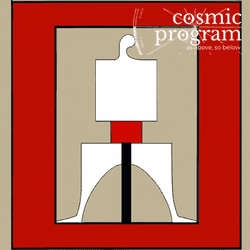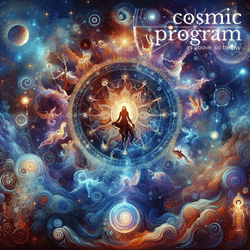
Photo Attribution: Formerly attributed to George Gower, Public domain, via Wikimedia Commons
Elizabeth I
This example has been viewed 915x times
Summary
Rodden Rating
Analysis for Elizabeth I
Biography
Elizabeth I (7 September 1533 – 24 March 1603)[a] was Queen of England and Ireland from 17 November 1558 until her death in 1603. Elizabeth was the last monarch of the House of Tudor and is sometimes referred to as the "Virgin Queen".[1]
Elizabeth was the daughter of Henry VIII and Anne Boleyn, his second wife, who was executed when Elizabeth was two years old. Anne's marriage to Henry was annulled, and Elizabeth was for a time declared illegitimate. After Henry, Elizabeth's half-brother Edward VI, ruled until his own death in 1553, bequeathing the crown to a cousin, Lady Jane Grey and ignoring the claims of his two half-sisters, the Catholic Mary and the younger Elizabeth, in spite of statute law to the contrary. Edward's will was set aside and Mary became queen, deposing and executing Jane. During Mary's reign, Elizabeth was imprisoned for nearly a year on suspicion of supporting Protestant rebels.
Upon her half-sister's death in 1558, Elizabeth succeeded to the throne and set out to rule by good counsel.[b] She depended heavily on a group of trusted advisers led by William Cecil, whom she created Baron Burghley. One of her first actions as queen was the establishment of an English Protestant church, of which she became the supreme governor. This Elizabethan Religious Settlement was to evolve into the Church of England. It was expected that Elizabeth would marry and produce an heir; however, despite numerous courtships, she never did. She was eventually succeeded by her first cousin twice removed, James VI of Scotland; this laid the foundation for the Kingdom of Great Britain. She had earlier been reluctantly responsible for the imprisonment and execution of James's mother, Mary, Queen of Scots.
In government, Elizabeth was more moderate than her father and half-siblings had been.[3] One of her mottoes was video et taceo ("I see and keep silent").[4] In religion, she was relatively tolerant and avoided systematic persecution. After the pope declared her illegitimate in 1570 and released her subjects from obedience to her, several conspiracies threatened her life, all of which were defeated with the help of her ministers' secret service, run by Francis Walsingham. Elizabeth was cautious in foreign affairs, manoeuvring between the major powers of France and Spain. She half-heartedly supported a number of ineffective, poorly resourced military campaigns in the Netherlands, France, and Ireland. By the mid-1580s, England could no longer avoid war with Spain.
As she grew older, Elizabeth became celebrated for her virginity. A cult of personality grew around her which was celebrated in the portraits, pageants, and literature of the day. Elizabeth's reign became known as the Elizabethan era. The period is famous for the flourishing of English drama, led by playwrights such as William Shakespeare and Christopher Marlowe, the prowess of English maritime adventurers, such as Francis Drake and Walter Raleigh, and for the defeat of the Spanish Armada. Some historians depict Elizabeth as a short-tempered, sometimes indecisive ruler,[5] who enjoyed more than her fair share of luck. Towards the end of her reign, a series of economic and military problems weakened her popularity. Elizabeth is acknowledged as a charismatic performer ("Gloriana") and a dogged survivor ("Good Queen Bess") in an era when government was ramshackle and limited, and when monarchs in neighbouring countries faced internal problems that jeopardised their thrones. After the short reigns of her half-siblings, her 44 years on the throne provided welcome stability for the kingdom and helped to forge a sense of national identity.[3]
Note: 07/09/1533 Julian ~ 17/09/1533 Gregorian
Source: https://en.wikipedia.org/wiki/Elizabeth_I
Raw Data
Horoscope Data
Comments
Natal Data
1533-09-17 14:54:00 LMT
51° 29′ 36.1″ N 0° 0′ 35.4″ E
Greenwich, London, UK






























































.jpg?bossToken=072bdcc38b6fd0271204a96a53dd332cf7a7643bcdc8736653f071c802dc1092)


.jpg?bossToken=b91e4431e5815c7b41550ad5706d69d8e07bf83a79f7e6850aca4e048c097b94)




